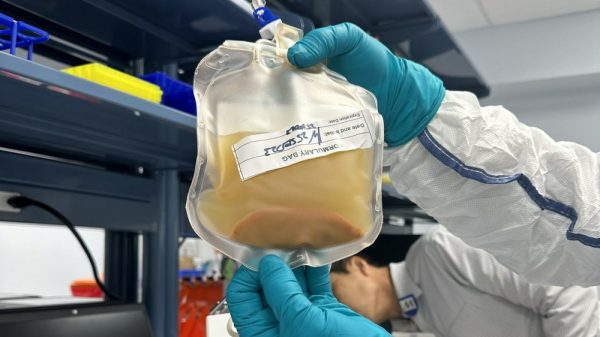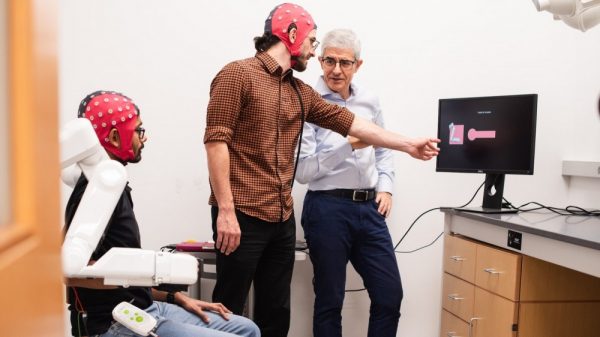The US continues to smash pandemic records as Omicron infection rates soar across the country. The seven-day average for COVID cases on January 9 was 677,243—almost triple that of the previous high of 250,512 on January 12, 2021. That peak came soon after the Delta variant was discovered, but months before it was widespread across the states. To date, the country has seen 60,164,525 cases and 836,236 deaths from the virus.
Last Monday, the John Hopkins University tracker posted a staggering single-day count of 1,082,549 COVID cases, mainly out of the Northeast. The Centers for Disease Control and Prevention (CDC) chalked this up to delayed reports from New Year’s weekend—but the daily numbers remained above 700,000 for the rest of the week. Some infectious disease researchers think that the US hasn’t even hit “the maximal period” in hospitalizations and mortalities from Omicron.
As of January 1, Omicron was projected to account for 95.4 percent of cases in the states with Delta making up only 4.6 percent. While the CDC hasn’t refreshed those percentages yet, cities like Washington D.C. and Chicago as well as states like Texas and Colorado have shared more variant-specific data. The trends indicate that the nation’s death toll will see a sharp rise, particularly for unvaccinated people ages 65 and up.
[Related: Why it’s so hard to make quick, accurate estimates on new COVID variants]
But if the last few weeks have proven anything, it’s that kids aren’t as widely immune to the virus as once expected. The number of hospitalizations for individuals under the age of 5 has multiplied since mid-December when Omicron first surged. The uptick has been less severe among older children, as effective vaccines and boosters are now available for some of that population.
The proportion of children hospitalized for COVID is still relatively low compared to other ages: infecting between 1.1 and 4.3 for every 100,000 Americans compared to 200 in 100,000 for the total population. The CDC still published tighter guidelines for masking, testing, and quarantining for schools as students headed back to class after the new year. Some cities and towns have had to close or delay in-person schooling because of outbreaks and staff shortages.
Meanwhile, tests continue to be in short supply across the nation, causing some free facilities to close their doors temporarily. The White House is planning to dispatch 500 million at-home kits through the mail, though the timeline on that is still unclear. For now, health officials are recommending folks follow the CDC’s updated quarantine advice (which has been questioned by a raft of medical experts), swap cloth face coverings for surgical or N95 masks, and confirm negative rapid antigen tests with PCR results.
[Related: If you’re unsure about getting the COVID vaccine, read this]
Scientists across the globe are still trying to pinpoint how Omicron works, whether it causes hidden long-term conditions, and how well the current vaccines work against it. But from seniors to infants, Americans to Antarcticans, no one can assume they’ll be untouched.
Share this content:















Post Comment